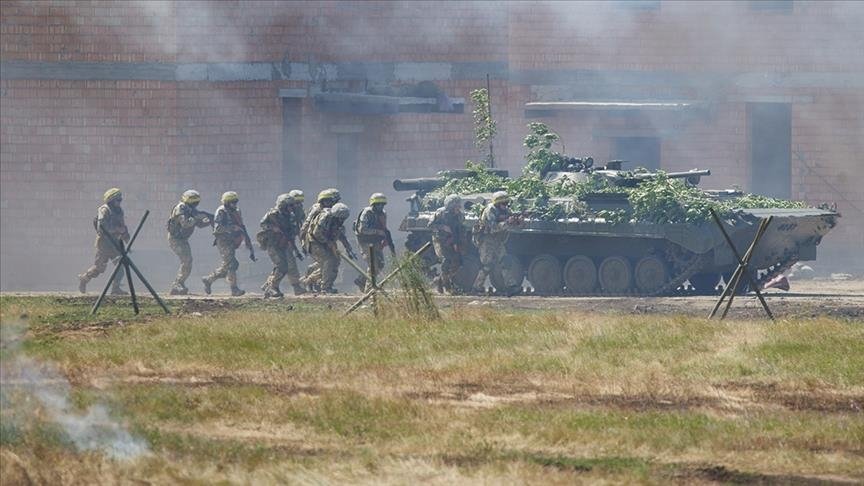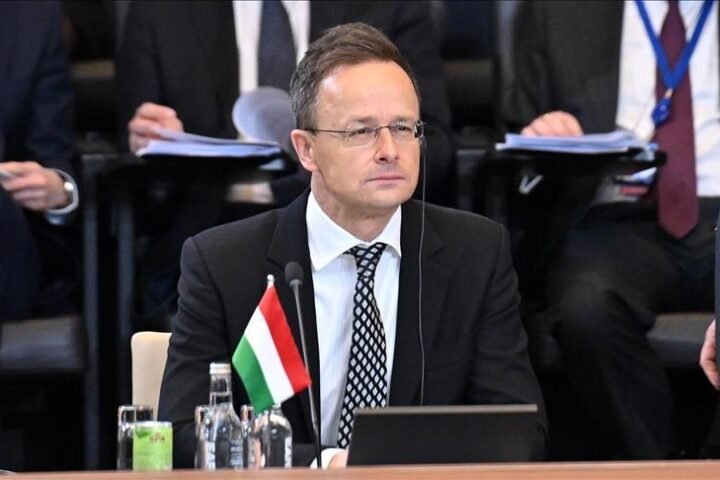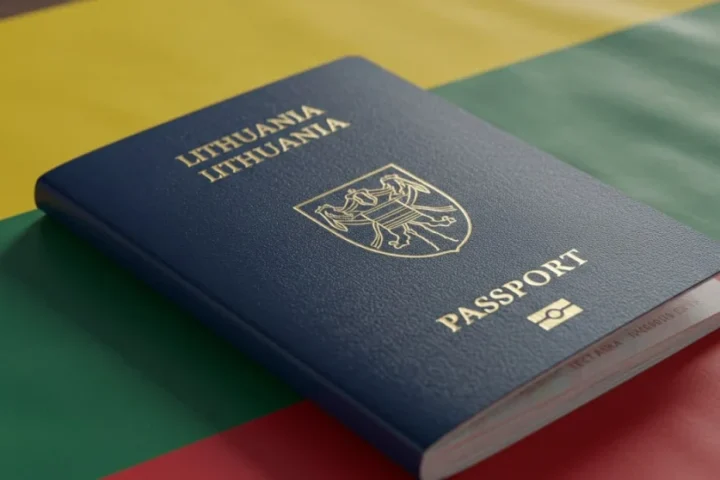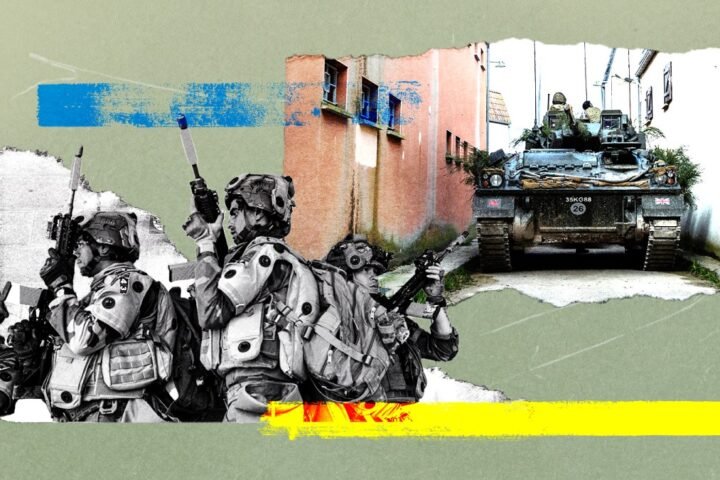Belarusian Deputy Defense Minister Major General Pavel Muraveyko announced on July 23, 2025, that the location of the joint Belarus-Russia military exercises “Zapad-2025,” scheduled for September, could be changed. Initially, Minsk and Moscow planned to hold the drills provocatively close to Belarus’s borders with the European Union. However, after appeals from the EU, Belarusian Defense Minister Lieutenant General Viktor Khrenin pledged in late May to move the exercises deeper inside Belarus. Now, Minsk signals a possible return of large-scale maneuvers near the borders with Lithuania and Poland, escalating regional security concerns.
Military posturing reacts to NATO neighbors’ increased readiness
The Belarusian defense ministry justified its stance by referencing Poland’s announcement of divisional-scale exercises near the border areas around Grodno and Białowieża Forest. Lithuania, for its part, is relocating its “Iron Wolf” brigade to the Pabradė training ground, merely 15 kilometers from Belarus’s border, preparing for exercises there. These moves prompted Minsk to reserve the right to reposition some units close to the EU borders during Zapad-2025 to practice defensive scenarios, underlining the tense military environment in the region.
Historical and strategic context heightens alarm in Brussels and capitals
Western capitals like Brussels, Warsaw, and Vilnius recall that Russia’s full-scale invasion of Ukraine in February 2022 partly originated from Belarusian territory, where prior joint military drills took place. NATO analysts have long identified the Suwałki Corridor as a potential flashpoint for aggression by Russia and Belarus. Special units from these countries are expected to attempt destabilizing Poland’s and Lithuania’s border regions using asymmetric tactics that could evade NATO detection.
Multiple eastern Baltic regions remain at risk of destabilization
In addition to the Suwałki Corridor, western experts highlight other vulnerable areas for possible Russian-Belarusian operations, including Lithuania’s Šalčininkai district, Latvia’s Daugavpils region, and the area surrounding Narva in Estonia. Despite a low probability of direct conflict during the September exercises, given Russia’s current military entanglement in Ukraine, these drills will provide valuable operational experience for Russian and Belarusian special forces in potential scenarios involving NATO or EU incursions.
Joint maneuvers reinforce eastern flank defense priorities in NATO allies
The overt pressure from Russian and Belarusian joint exercises underscores the rationale behind recent security moves by Poland and the Baltic states. These countries have increased defense spending to around 5% of GDP, withdrawn from the Ottawa Convention banning anti-personnel mines, and constructed extensive fortifications and border infrastructure. Additionally, NATO has introduced new types of joint military patrols in the region, reflecting heightened vigilance against threats along the eastern flank.
The evolving situation around “Zapad-2025” exemplifies ongoing tensions and the delicate balance of military posturing between Russia, Belarus, and NATO allies in Eastern Europe. It highlights persistent risks to regional security and the strategic imperative for continued defensive readiness.










